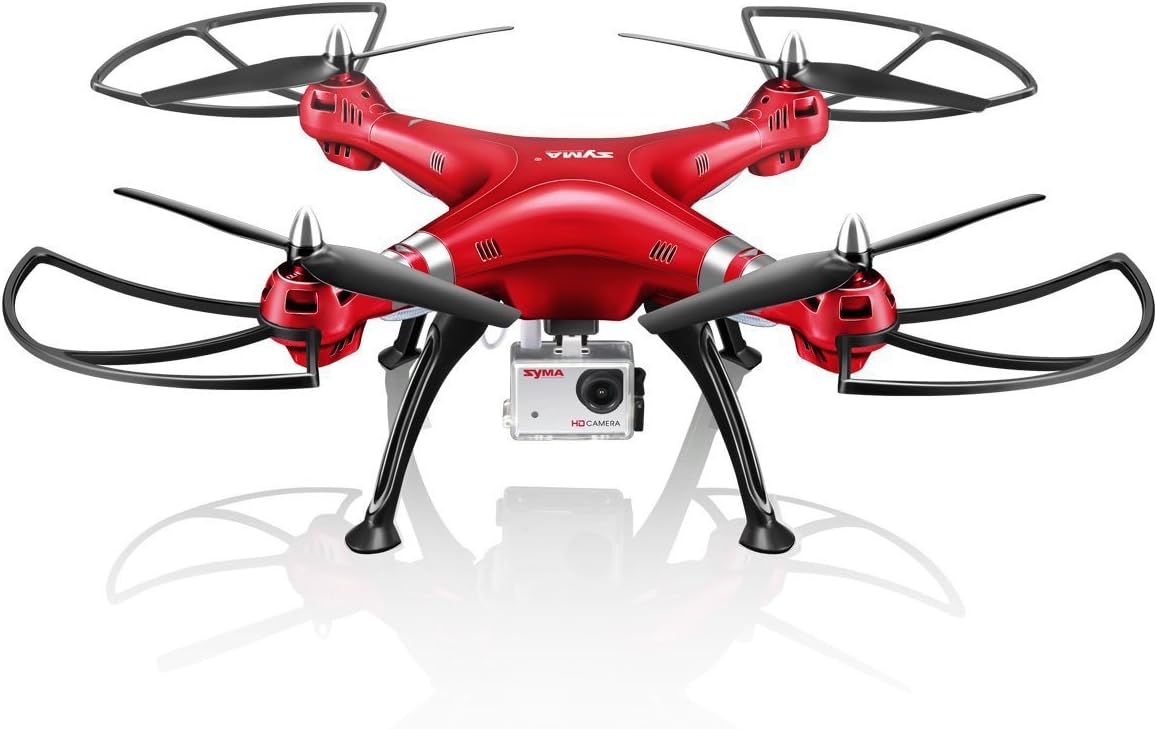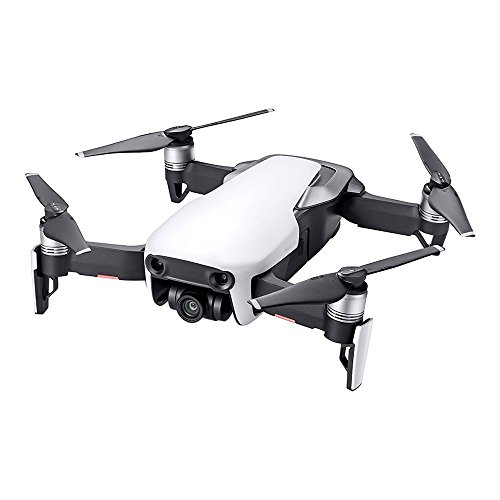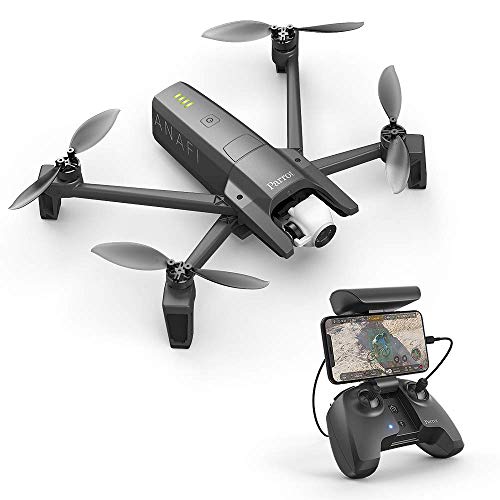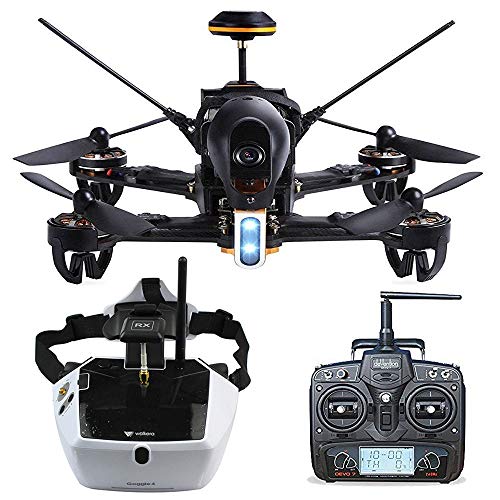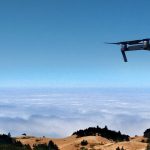Drone Laws in California: What You Need to Know
Navigating the skies with your drone in California offers a mix of freedom and responsibility. While the FAA regulations serve as a baseline, California has its own set of rules. They're not overly restrictive, making it a favorable place for drone enthusiasts. Just remember, freedom comes with responsibility, so ensure you're up to date with both FAA and California-specific guidelines for smooth flying.
Disclaimer: Please do not refer to this article as legal advice. We are not responsible if you ever break the US laws on drones as these gradually change from time to time.
What Makes Californian Drone Laws Different From Others?
There really isn’t much of a difference when you are comparing Californian drone laws from the FAA’s rules as a whole. As mandatory, you will need to follow standard procedures like registering your drone if it weighs from 25 g to 250 kg, not flying near airports, not flying above 100 m altitude and not flying near groups of people. However, there are specific codes per city that you should be aware of. I’ll list them down below.
Know the Basics before Flying
Flying a drone as a commercial pilot
You should follow the prerequisites from the FAA’s Part 107 Small UAV Rule, generally saying that you must be 16 years old and above in order to be eligible for piloting a drone. You will also need to register your drone with the FTN (FAA Tracking Number). Registration will also need an appointment and you must undergo a test.
Flying a drone as a hobbyist
Flying for fun or pleasure has lesser rules to follow than being a commercial drone pilot. Make sure to abide by the FAA recreational drone rules so you don’t get in trouble. As such, you are obliged to register your drone if it weighs more than 250 g plus $9 as annual license fee. When flying a drone, always be certain that the aircraft is always within your line of sight and not flying more than 100 m in altitude, near groups of people, public events, other people’s properties, police business, firemen business, government buildings and the airport.
Flying a drone as an employee
This involves the police and fire departments. You may either follow standard procedures of the FAA Part 107 rule or register for a federal Certificate of Authorization.
The State Drone Laws in CA
State drone laws are the general rules for each city in California. There are three major rules to remember: SB 807, AB 1680, and AB 856.
SB 807 // 2016
Provides immunity for the responders that have destroyed a drone that was interfering with the responder’s emergency services (Ie: drone is flying over firemen evacuating people from a burning building but one of the firemen destroyed the interfering drone).
AB 1680 // 2016
Considers an offense towards the drone user if the UAV is interfering with responders’ activities.
AB 856 // 2015
Prohibits passing through airspace of an individual in order for the pilot to capture an image or record a video of said individual on private or personal matters. This involves celebrities and high-profile personalities. Every drone pilot is subject to the FAA’s 107 rules. Failure to comply will make you legible for apprehension.
Following the General FAA Rules
As long as you are following these rules, you won’t ever be in trouble in sunny California. According to the FAA, here are the strict rules:
- Register your drone, mark it on the outside with the registration number, and carry proof of registration with you.
- Fly only for recreational purposes.
- Follow the safety guidelines of a community based organization.
- Fly your drone at or below 400 feet when in uncontrolled or "Class G" airspace. This is airspace where the FAA is not controlling manned air traffic. To determine what type of airspace you are in, refer to the mobile application that operates your drone (if so equipped) and/or use other drone-related mobile applications. Knowing your location and what airspace you're in will also help you avoid interfering with other aircraft.
- Do NOT fly in controlled airspace (around and above many airports) unless:
- You receive an airspace authorization for operations in controlled airspace through LAANC (Low Altitude Authorization and Notification Capability), before you fly. Learn more about approved LAANC UAS Service Suppliers for recreational flyers.
- You are flying at a recreational flyer fixed site that has a written agreement with the FAA. The FAA has posted a list of approved sites (MS Excel) and has depicted them as blue dots on a map. Each fixed site is limited to the altitude shown on this map, which varies by location.
- Keep your drone within your line of sight, or within the visual line-of-sight of a visual observer who is co-located and in direct communication with you.
- Do NOT fly in airspace where flight is prohibited. Airspace restrictions can be found on our interactive map, and temporary flight restrictions can be found here. Drone operators are responsible for ensuring they comply with all airspace restrictions.
- Never fly near other aircraft, especially near airports.
- Never fly over groups of people, public events, or stadiums full of people.
- Never fly near emergencies such as any type of accident response, law enforcement activities, firefighting, or hurricane recovery efforts.
- Never fly under the influence of drugs or alcohol.
Recreational flyers should know that if they intentionally violate any of these safety requirements, and/or operate in a careless and reckless manner, they could be liable for criminal and/or civil penalties.
FAQs
Yes they are. California is one of the 24 states that abide by FAA's drone laws.
According to many drone users, yes, USA does have the most strict drone laws compared to other countries due to many restrictions according to the FAA.
When that happens, the FAA will automatically detect your drone on their radar. The FAA will urgently send the authorities to question your actions.
Yes, they must. However, the parent or legal guardian will sign on behalf of the child.
Yes, there are playgrounds across California where you can freely use your drone for fun or photography, especially in LA and San Francisco.








